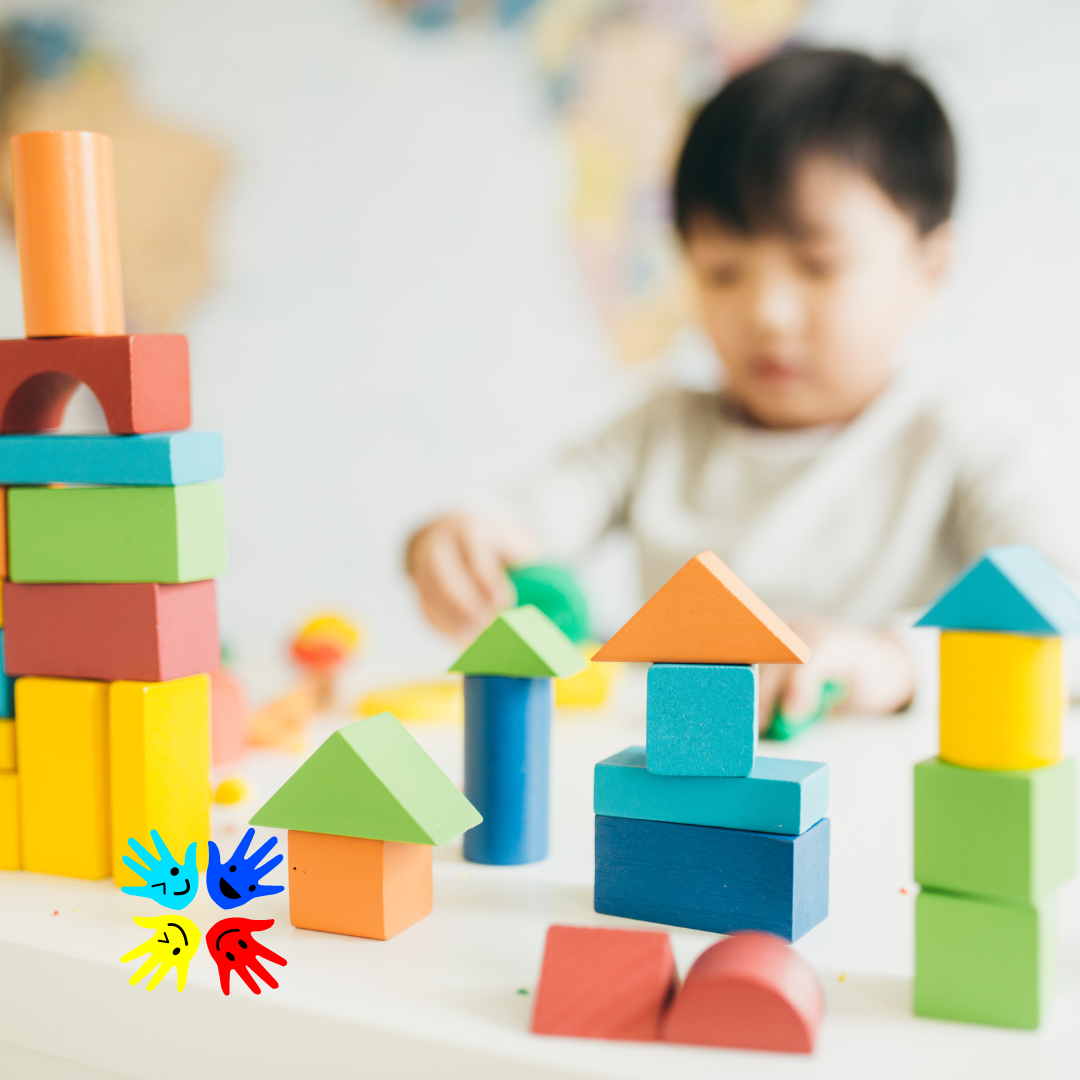Autism-Friendly Home Design Guide 2025: Complete Environment Setup

🎯 TL;DR – Quick Answer
Creating an autism-friendly home in 2025 involves: Using muted colors from the green-blue spectrum, installing smart lighting systems, creating designated quiet zones, ensuring safety with childproofing measures, and incorporating modern sensory-friendly technology. Focus on reducing overstimulation while promoting comfort and independence.
Why Autism-Friendly Home Design Matters
Creating a thoughtful home environment for someone with autism isn’t just about comfort—it’s about giving them the foundation they need to thrive. When we get the environment right, we see remarkable improvements in daily functioning, reduced anxiety, and increased independence.
People with autism often experience the world differently than neurotypical individuals. What might seem like normal household lighting to you could feel overwhelming to someone with sensory sensitivities. That humming from the refrigerator? It might be unbearable. Understanding these differences is the first step toward creating a truly supportive home.
Key Benefits of Autism-Friendly Design
✓ Reduces daily stress and anxiety
✓ Improves sleep quality and routine
✓ Enhances focus and learning
✓ Promotes independence and confidence
✓ Strengthens family harmony
Understanding Sensory Needs in 2025
Every person with autism has unique sensory preferences. Some are hypersensitive (over-responsive) to certain stimuli, while others are hyposensitive (under-responsive). The key is observation and adaptation.
Common Sensory Triggers to Address
Working with occupational therapists specializing in autism can provide personalized recommendations for your specific situation.
Visual: Flickering lights, bright colors, visual clutter
Auditory: Sudden noises, background humming, echoing sounds
Tactile: Rough textures, temperature changes, certain fabrics
Olfactory: Strong scents, cleaning products, cooking odors
Room-by-Room Design Guide
Living Room & Family Spaces
Your living room should feel like a calm harbor, not a sensory storm. Start with seating that invites relaxation—think deep, soft couches with washable covers, oversized floor cushions, or even a sensory swing if space allows.
Lighting Solutions: Ditch harsh overhead lighting for layered options. Use table lamps with warm LED bulbs, string lights, or smart bulbs that can dim throughout the day. Many families love Philips Hue systems that change color temperature automatically.
Sound Management: Soft furnishings naturally absorb sound. Heavy curtains, area rugs, and even strategically placed bookshelves can reduce echo and outside noise.
Bedroom Sanctuary
The bedroom should be the ultimate retreat. Think of it as a sensory cocoon where your family member can recharge.
Color Choices: Research from GA Architects shows that muted colors with grey undertones work best—soft sage greens, gentle blues, or warm beiges. Avoid bright primary colors that can be overstimulating.
Bedding & Comfort: Weighted blankets remain popular for good reason—they provide deep pressure that many find calming. Explore our guide on weighted blankets. Pair with breathable, soft fabrics like bamboo or organic cotton.
Organization: Clear storage systems help reduce visual chaos. Consider closed storage over open shelving to minimize distractions.
Bathroom Safety & Comfort
Bathrooms can be challenging due to echoing sounds, bright lighting, and slippery surfaces. Focus on safety and sensory comfort.
Safety First: Non-slip mats are essential, but choose ones with gentle textures. Install grab bars and consider a shower seat for longer routines.
Sensory-Friendly Products: Choose mild, unscented toiletries when possible. Some people prefer bar soap over liquid due to texture preferences.
Modern Technology for Autism-Friendly Homes
Smart Home Integration
Technology in 2025 offers incredible opportunities for creating responsive environments. Smart thermostats can maintain consistent temperatures, while automated blinds adjust light levels throughout the day.
Communication Tools: Voice assistants can be programmed with simple commands, visual schedule apps help with routines, and noise-canceling headphones have become more comfortable and effective.
Safety Technology: Smart locks, door alarms, and GPS tracking devices provide peace of mind for families concerned about wandering—a common concern affecting about 50% of children with autism.
Sensory Tools & Equipment
Consider investing in a designated sensory corner with items like fidget tools, compression vests, or a small trampoline. These aren’t just toys—they’re therapeutic tools that help with self-regulation. Check out our recommended sensory toys.
Creating Structure and Routine
Physical spaces should support daily routines. Use visual cues like picture schedules, color-coded areas for different activities, and clear boundaries between spaces.
Consistency is key. When possible, keep furniture arrangements stable and maintain predictable lighting and temperature patterns. Small changes can feel overwhelming, so introduce modifications gradually.
Safety Considerations
Safety modifications often overlap with sensory considerations. Beyond traditional childproofing, consider the unique challenges that autism can present.
Wandering Prevention: Secure windows and doors, consider alarm systems, and create safe outdoor spaces where possible. Many families install smart doorbells that alert them to movement.
Emergency Preparedness: Use visual emergency plans, practice routines regularly, and consider ID bracelets or cards with important information.
Frequently Asked Questions
Moving Forward with Confidence
Creating an autism-friendly home doesn’t happen overnight, and it doesn’t have to be perfect from day one. Start with one room or even one corner, observe what works, and gradually expand your modifications.
Remember that every person with autism is unique. What works wonderfully for one individual might not work for another. The key is staying flexible, observant, and responsive to your family member’s needs.
Your efforts to create a supportive environment can profoundly impact daily life, relationships, and overall well-being. It’s an investment in comfort, safety, and independence that pays dividends every single day.
For more resources and personalized support:
• Contact us for personalized guidance
• Explore our comprehensive guides on autism
• Browse additional autism-friendly home resources



1 Response
[…] a sensory-friendly environment is vital, involving adjustments in clothing, diet, and exposure to sensory […]